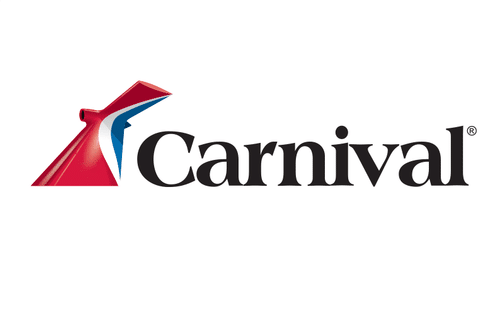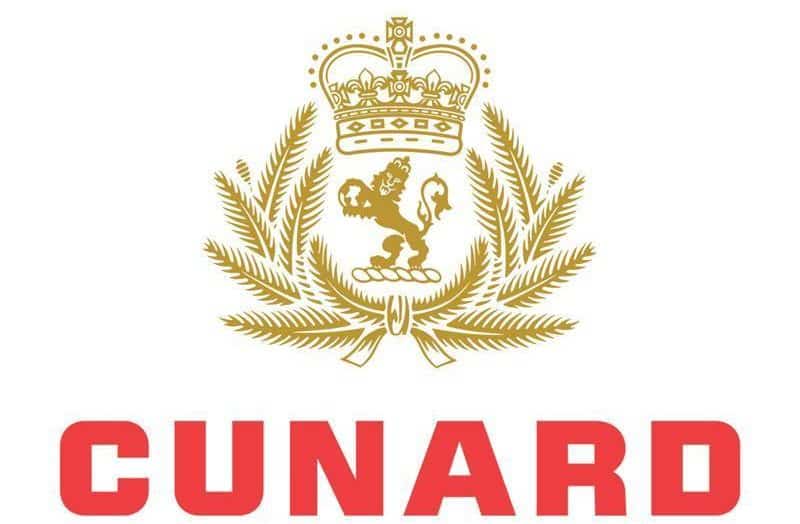Full house for Amsterdam hotels
Results from the inaugural HotelBenchmark Survey for Belgium & The Netherlands by Deloitte & Touche launched last week in Amsterdam reveal that hotels in Amsterdam significantly outperformed their Brussels counterparts in 2001 with occupancy levels of 80 percent compared to 69 percent in Brussels.
Year-to-September 2002 data reveals that Amsterdam hoteliers have managed to restrict the downturn in demand with occupancy falling just 1.8 percent to reach 79 percent, compared to a 7.3 percent decline in Brussels to 64 percent.
Deloitte & Touche travel, tourism and leisure director Julia Felton commented: “The imbalance of supply and demand in the Amsterdam market has helped hoteliers achieve the highest occupancy performance of any city in Europe. With occupancy levels around 80 percent there are few “soft” demand periods throughout the year and therefore hoteliers should be looking to push average room rates upwards. In contrast, the Brussels markets continues to suffer the effects of significant new supply built during the 1990’s, and although mid-week occupancy levels are good, hotels tend to come under pressure at weekends.”
The survey also reveals the marked difference between the performance of hotels in Amsterdam and that of hotels located in provincial Netherlands. At 67 percent, occupancy levels in the provinces are on average 12 percentage points lower than the city, whilst average room rates are Euro 45 lower at Euro 95. This compares starkly with the performance of hotels in Brussels and those in provincial Belgium, where hotels in both markets trade at around 66 percent occupancy. Reflecting the higher grade of hotels in the capital, hotels in Brussels achieve an average room rate some Euro 11 better than their provincial counterparts at Euro 103.
Interestingly, performance of hotels in the provincial Netherlands closely mirrors that of hotels in both Brussels and provincial Belgium, indicating how the closely linked the pattern of demand is across the two countries.
Hotels in both Amsterdam and Brussels have been impacted by the performance of the airport locations of Schiphol and Zaventem. At Zaventem the demise of Sabena airlines has had a significant impact on the number of passenger arrivals resulting in occupancy levels at the airport falling 25 percent to reach 55 percent in the year to September. This compares to an occupancy of 73 percent in the prior year.
As demand has fallen so have average room rates, which have dropped seven percent to Euro 125. However, hotels at Zaventem still manage to achieve higher average room rates than hotels located in central Brussels. Hotels at Schiphol airport have traditionally benefited from overflow demand from hotels in central Amsterdam, but with some spare capacity in the capital this has contributed to occupancy falling by five percent to 74 percent. Ironically, passenger numbers at Schiphol in September 2002 are actually 3.3 percent higher than in September 2000 and this is due primarily to the rapid expansion of low cost carriers such as EasyJet.
A copy of the full presentation made by Julia Felton at the survey launch can be downloaded from www.HotelBenchmark.com/pdf/021128bene.pdf
 United Kingdom
United Kingdom United States
United States Asia Pacific
Asia Pacific











































Dozens fall ill in P&O Cruises ship outbreak
Turkish Airlines flight in emergency landing after pilot dies
Boy falls to death on cruise ship
Unexpected wave rocks cruise ship
Woman dies after going overboard in English Channel